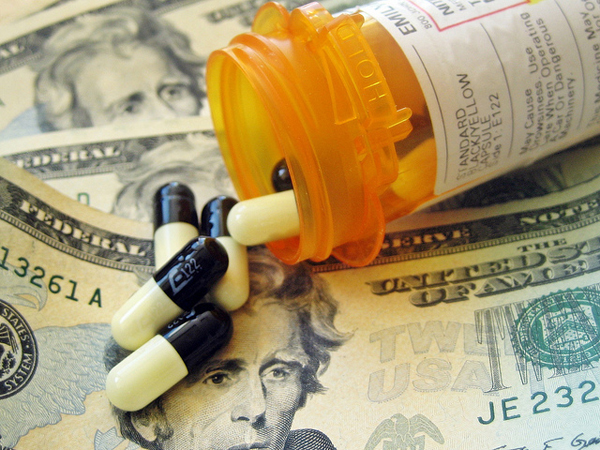- La Feria Community Holds Succesful Business Mixer Event
- Little Nashville to Take Place in Downtown Mercedes
- Lions Basketball Captures District Gold
- La Feria ISD Students Compete in Regional Chess Tournament
- Lions End First Half of 32-4A on a High Note
- La Feria ISD Held Another Successful Parent Conference
- Strong Appearance for Lions at Hidalgo Power Meet
- LFECHS Students Get to Meet Local Actress
- Students Participate in Marine Biology Camp
- Two LFECHS Students Qualify for All-State Band
Federal Drug Price Transparency Proposal Wins Praise
- Updated: October 26, 2018
by Eric Galatas
AUSTIN, Texas – Consumer groups are praising a proposal by the Trump administration to require drug companies to put prices in many of their TV ads, but some worry it’s only a pre-election perk designed to attract voters – one that could be dropped after the midterm election Nov. 6.
The rule, announced by federal health regulators, would apply to drugs offered through Medicare or Medicaid that cost more than $35 per month, or for a course of treatment.
Frederick Isasi, executive director of the advocacy group Families USA, says if finalized, the rule could show people the real cost of some well-known prescription drugs.
“This is an important step forward, because it gives consumers a sense of the magnitude of the drug,” he explains. “Is this a drug that is going to cost them $30 a month, $300 a month, $3,000 a month, $30,000 or more, helping the American public understand the exorbitant prices being charged by drug companies?”
The plan is opposed by the Pharmaceutical Research and Manufacturers of America. The trade group instead has proposed putting up a website in the spring that discloses drug prices and co-pays.
Isasi says he’d like to see the administration actually negotiate lower prices for consumers rather than hoping transparency will shame drug makers into charging less.
Isasi adds that high drug prices affect everyone, even those who don’t take any medications.
“For people who may not use pharmaceuticals, what they don’t realize is, if there’s a $3,000-a-month drug that’s being used by patients within their insurance plan, then the cost of that drug gets baked into everyone’s premiums,” he points out.
According to the health care research group Quintiles IMS Institute, Americans spent $450 billion on prescription drugs in 2016 before rebates.
If the administration finalizes the rule, pharmaceutical trade groups say they won’t rule out litigation.



